The Carabiniers-Cheval were among the foremost cavalry units in Napoleons Grande Arm. Although there were only two regiments of Carabinieri, they served with distinction in many of Napoleons campaigns. They were composed of tall, hand-picked veterans and the Carabinieri unit was expected to serve the function of the more numerous and lesser ranking Cuirassier armored cavalry – to break infantry units asunder in a stampede of steel and to repulse any enemy cavalry. Their record was nigh-impeccable until they were broken in brutal fighting in the Battle of Borodino during the fateful Russian campaign. They withstood numerous charges and heavy fighting from Russian dragoons and hussars, weakened they met their match with Russian Cuirassiers who forced them to withdraw. With the loss of so many men and their specialty black horses the unit was never the same and had a chequered record until redeeming themselves with their conduct at Waterloo.
The Carabinieri name derives from their origin as light-armed mounted carbine troops. By Napoleons time they had evolved into heavy cavalry and were part of the French military until being disbanded in 1871 after the fall of the Second French Empire. Until 1809 the Carabiniers were outfitted akin to the Mounted Imperial Guard Grenadiers; long blue coats with tall bearskin hats. The Carabiniers were initially unarmored, but after a hard-fought combat with Austrian lance-armed Uhlans in 1809 that left too many Carabiniers dead and wounded, Napoleon ordered them to be equipped with armor. The armor was similar to that already worn by the Cuirassier – a heavy breast and backplate with helmet. The proud Carabiniers however, refused to be adorned in steel-only armor that would make them look like the inferior Cuirassiers. In appeasement, the steel armor of the Carabiniers was sheathed in bronze, giving them the appearance of classical heroes on the battlefield. Equipped as thus and mounted on select black warhorses, the Carabiniers were one of the most striking and intimidating mounted cavalrymen of the day.
Equally intimidating to the man himself was his sword, the Carabiniers carried a straight saber – long and rigid enough to be used like a short lance in the charge, its thick spine and single edge insured that it hacked and chopped with foe-rending power. The long blade gave the cavalryman plenty of reach to strike not only passing enemy cavalrymen, but also easily reach the heads of infantrymen trying to strike at a distance with a bayonet. The hilts of the sword were cast in bronze to match the heroically-inspired armor of the man who wielded it.
This Carabinier straight saber has a blade of unsharpened, tempered high carbon steel. It is engraved with Carabiniers Dela Republique Francoise on both sides. The hilt is of bronze and the grip is of hardened black leather with inlaid bronze wire. The grip has an integrated leather loop. The scabbard is of black leather with brass accents.



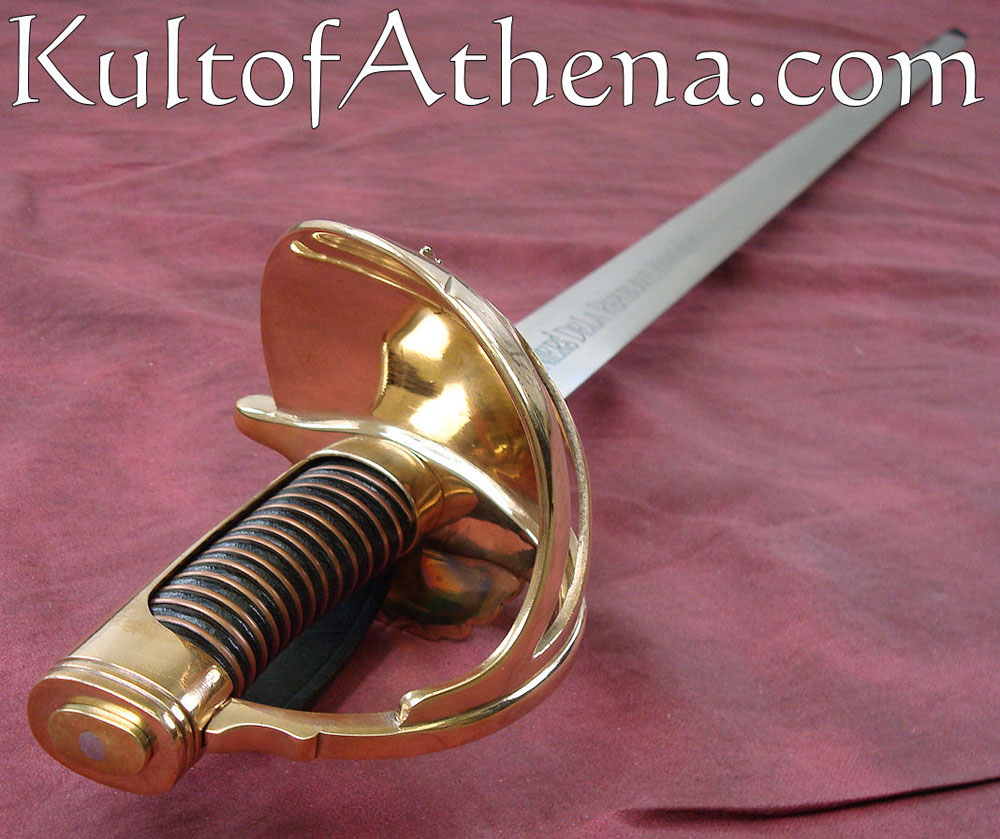



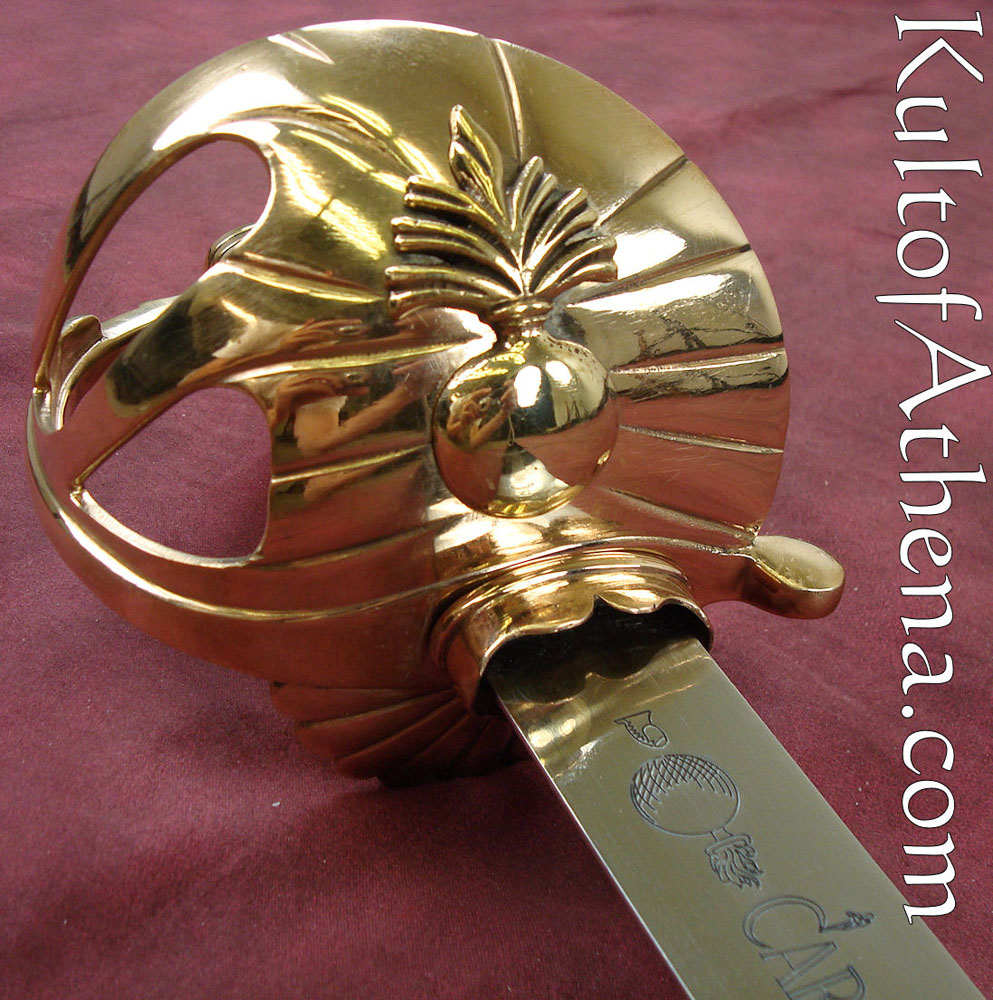
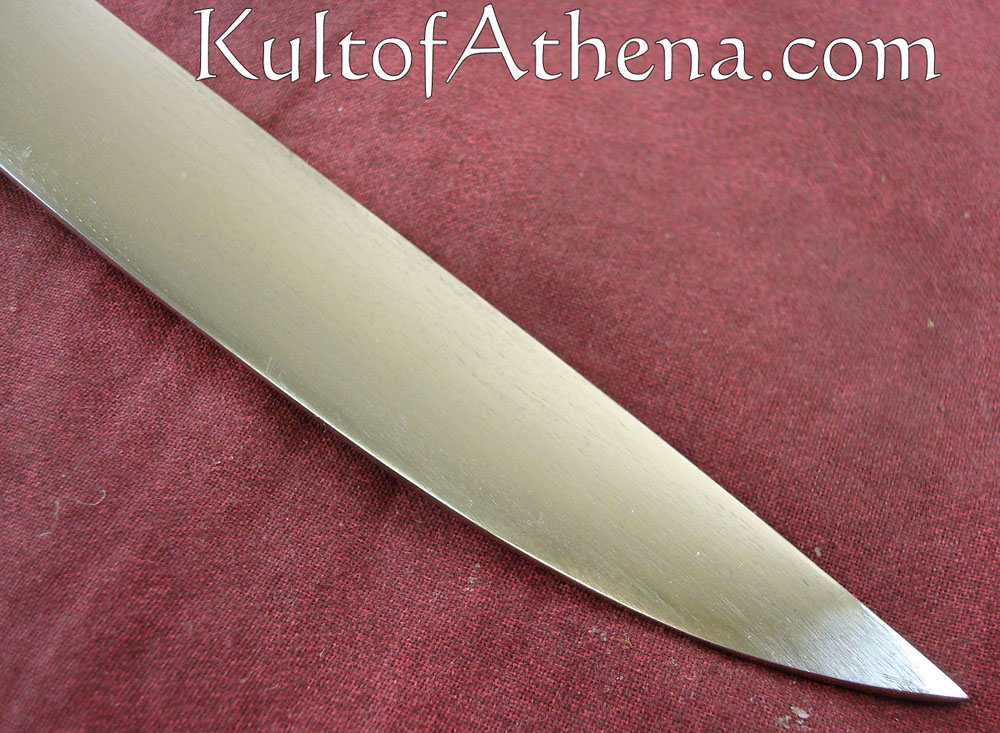

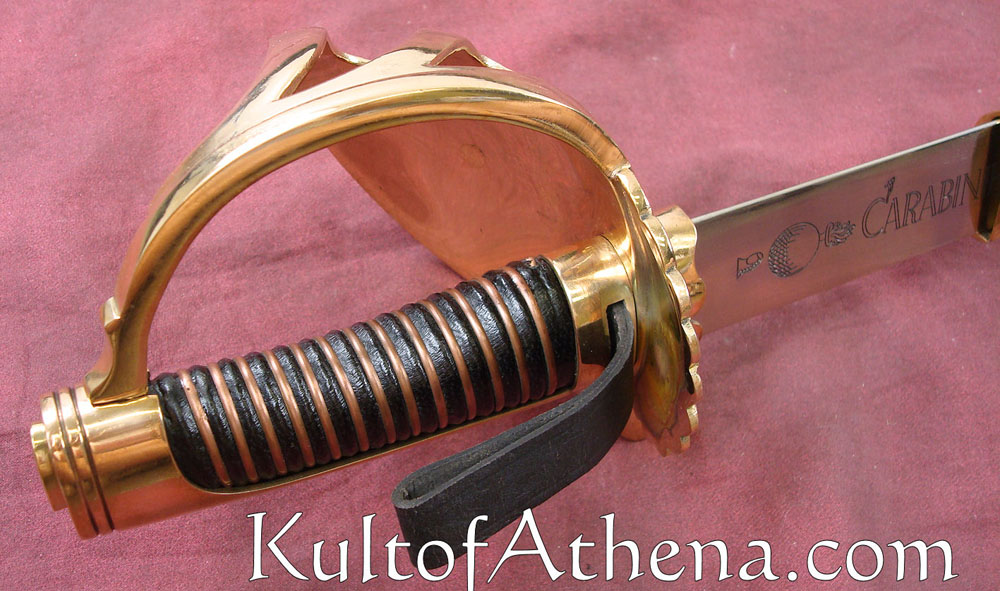

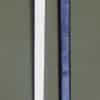
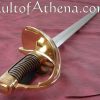
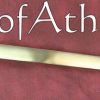
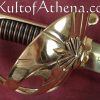
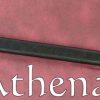
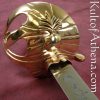
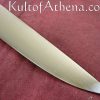
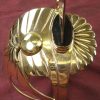
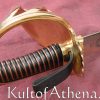

Ray –
I’m very grateful for Manager Nikkie and KoA for being the best example small business company I’ve ever known. Thank you folks.
Onto this sword. It’s a solid blade for decoration, costumes, battle-free/ no blade clashing reenactment. Probably not for cutting practices and training work. Not at least with some overhaul of the blade.
The same problem with USI is they incorrectly assume we Americans are all ok with buying non functional reenactment grade sabers. A lot of us are definitely not. We do a lot of backyard cutting and a soft heat treated blade is minimally useful at best.
Let me state bluntly: if people want to earn American dollars, people need to know better, and never group us with the EU countries, which are restrictive on bladed weapons, as if we still lived in 1700’s and people commit crimes with good swords. Frankly, murdering innocent people is disgusting and a waste of a good blade.
I think the over-saturation of katana craze really affected how people spent their money. Katanas and Japanese blades are fantastic, but they’re not everything. I got sick of looking at then.
To be fair, this one is around $300 and it is great for this price. To get a historically close saber sword, like Windlass ‘s Cuirassier Palasch Sword, you’ll have to pay closer to $400, with LK Chen’s historically accurate blades much over that. But the current lack of variety is what’s frustrating.
Get KoA’s sharpening or sharpen it on your own if you don’t mind single-hand batting your soft and non bouncy target like tatami with this Titan sword. Or make it a great strength training tool. I’m fairly strong and I use this one for strength training. I’ll probably overhaul the blade later.
Highly recommended for costume pieces.